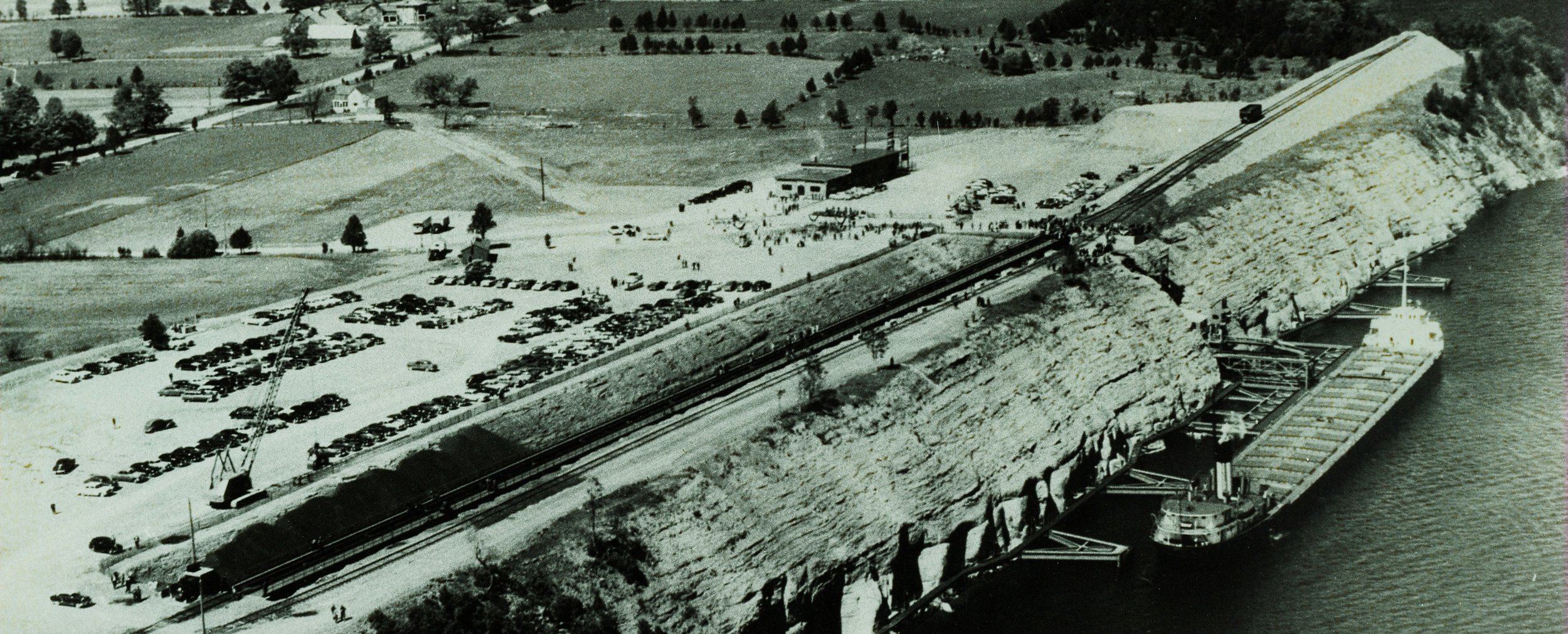PART 5
/So, who is bunk now, Henry?
New York Times, Oct 28 1921
Sooner or later, like it or not we will all become history. As we age, perhaps we all will start to change our minds as to whether or not history really is Bunk. Henry Ford did. Although he would likely not admit it.
As he aged Henry started to clarify his blunt statement. History was still, ‘more or less’ bunk, he insisted. He still did not believe in history. It was ‘of the past and had no bearing upon the present’. So, there being nothing to be learned from it, ‘history need not be studied nor considered’.
To some the tragedy is not just that, as they say, ‘history will repeat itself if it is not known’. The tragedy is that it also repeats itself even when it is known. European wars dissolve into brutal repetition. The trenches of Russia’s War on Ukraine look a lot like those of World War Two, those looked a lot like World War One’s, which in turn looked a lot like those of the Napoleonic era. Not much learnt. We just keep doing the same things.
The History Channel is Canadian. The Internet tells us so. It also tells us that:
History Channel's mission is to raise awareness about the vitality of history, promote history education, and encourage the preservation of historic archives and sites.
Many of the shows that keep them afloat don’t have much to do with history, but they do sell ads. At the top of the list are those about UFOs. We also have Pawn Stars and Border Guards and Storage Wars helping to raise ‘the vitality of History’.
Nevertheless, we are told that:
‘…. the channel has tried to honor its original mission in some way while still appealing to broad audiences. The last vestiges of history on History appear in the channel's slate of popular miniseries. They aren't particularly historically accurate, but they are at least about historical events. And people like them.’
One might be forgiven for wondering what the point is to have history programs, on the History Channel, which are not ‘particularly historically accurate’. Perhaps that’s okay because ‘people like them’. It seems that if accurate history is insufficiently interesting to support profitably advertising, then history must be amended to do so. What a world we live in.
Henry Ford’s young self would probably have looked askance at the old man he became, for ironically that old man established a Museum!
It has obviously been built as a display of history. But, to give Ford credit, it is one dedicated to innovation, not to wars, not to rich white men, and, thank Henry, not of politicians. Ford’s outdoor Museum celebrates what he called American Innovation. Located in Dearborn, Michigan, it is essentially a Village dedicated to progress. ‘Greenfield Village’, according to the brochures allows you to ‘Play pilot as you explore flight innovations, starting with the Wright brothers' achievements, or make yourself at home inside Buckminster Fuller’s circular Dymaxion House. Put yourself in the place of the movers and shakers who blazed the trail to where we stand today. And in doing so, discover your own path’.
In this little series, we have seen History lost in translation as, a Mr. Bishop, or maybe a Bishop, or maybe a dead man, kills his wife. We saw Rev Mason Weems, and his Canadian equivalent, William Foster Coffin, boldly make up history about George Washington and Laura Secord, respectively. Both profited from it. Is that okay if it at least gives us some heroes? You decide.
We started with Henry Ford, so let’s end it the same way. When pushed Henry Ford summed up his philosophy.
‘We don’t want tradition. We want to live in the present and the only history that is worth a tinker’s dam is the history we make today.’
The trouble is if we only see history as a tool for profit, we may not just ‘make history today’, we may also ‘make it up’.

































